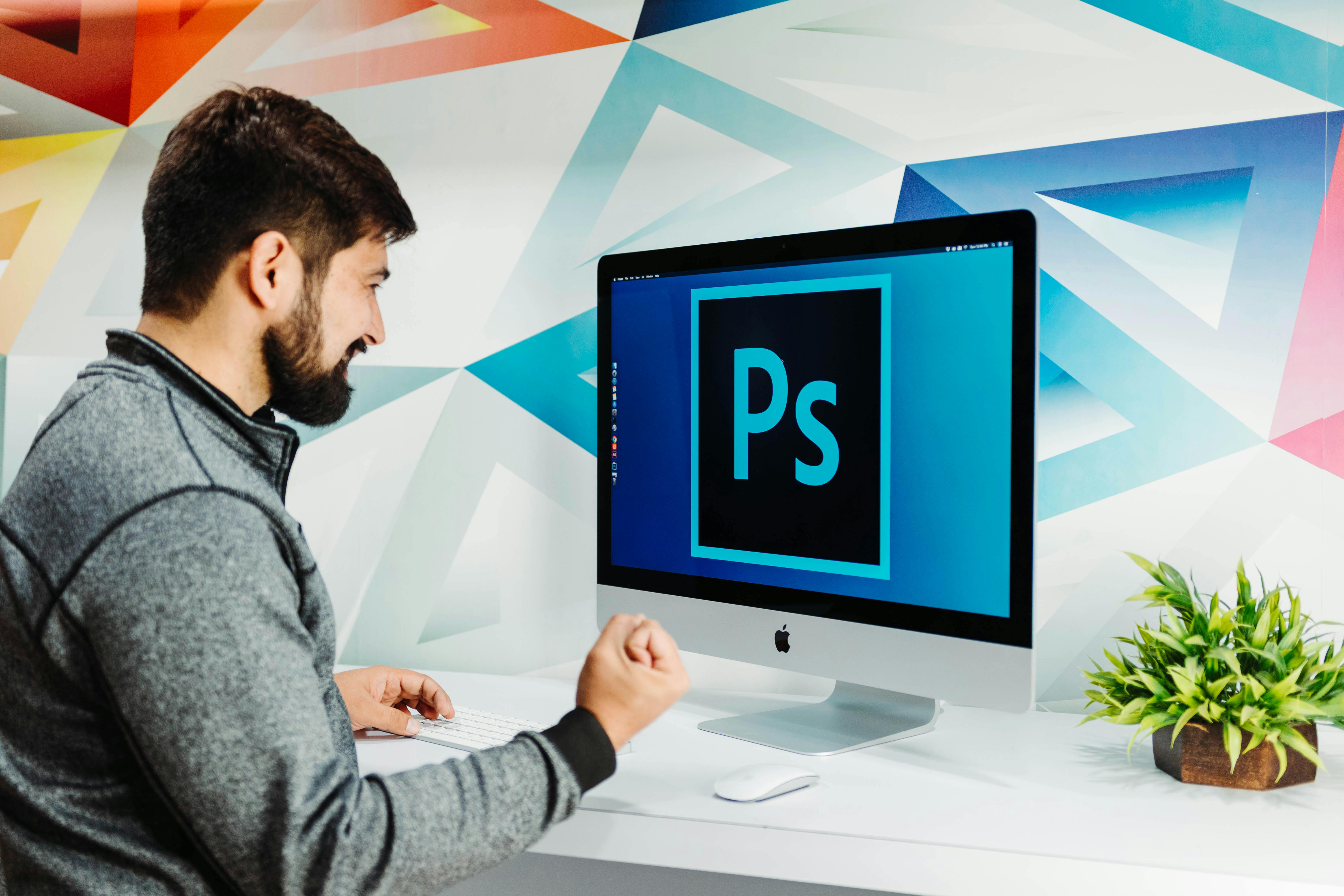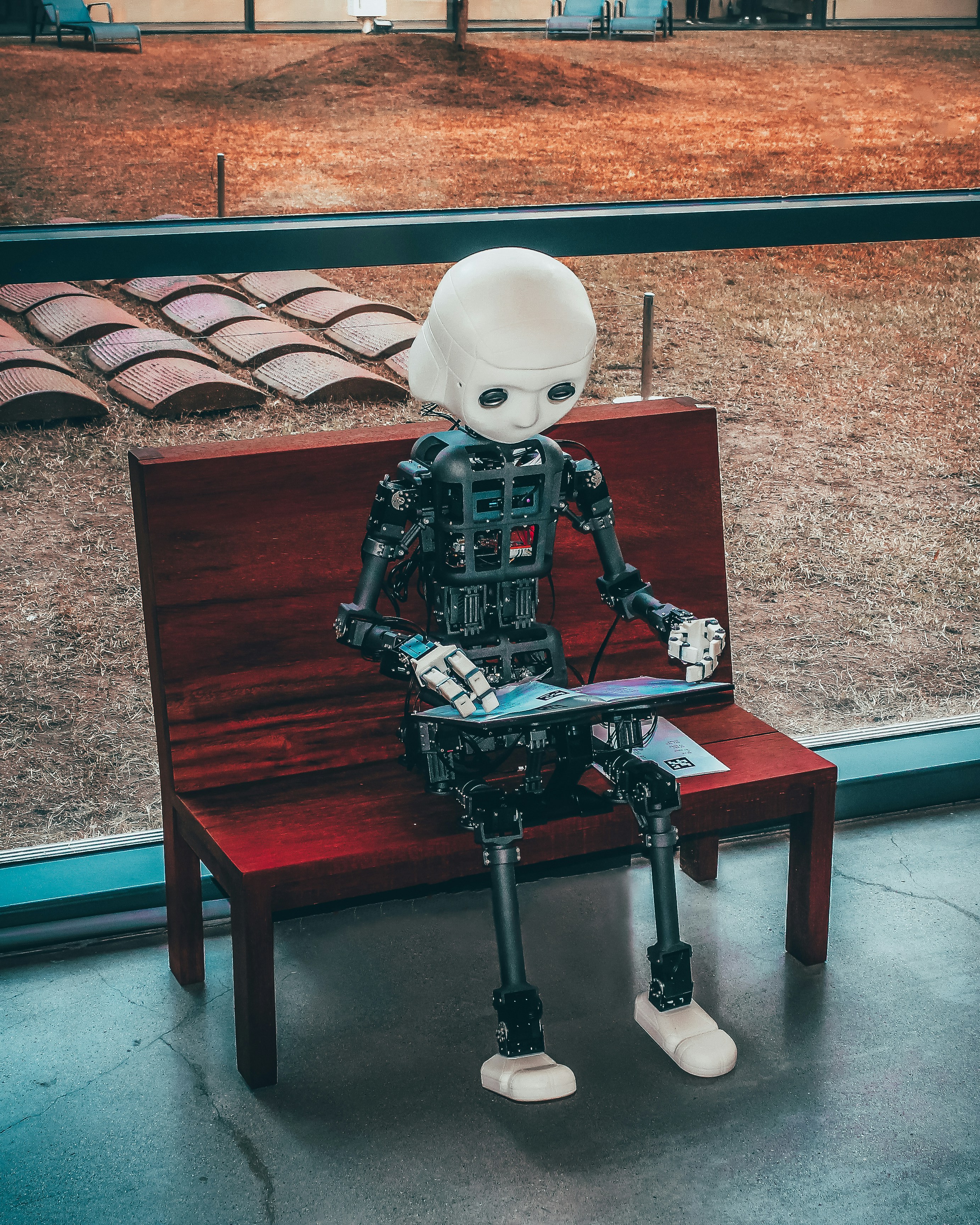Cosmos-Reason1 Technical Deep Dive: Revolutionizing Physical Commonsense Reasoning with Multimodal LLMs
Visual representation of AI-driven physical reasoning (Credit: Unsplash)
1. Architectural Innovations and Technical Principles
1.1 Multimodal Fusion Architecture
The NVIDIA Cosmos-Reason1-7B model employs a dual-modality hybrid architecture, combining a Vision Transformer (ViT) for visual encoding with a Dense Transformer for language processing. Built upon the Qwen2.5-VL-7B-Instruct foundation, it achieves breakthrough capabilities through two-phase optimization:
-
Supervised Fine-Tuning (SFT) Phase:
Trained on hybrid datasets like RoboVQA (robotic visual QA) and HoloAssist (human demonstration data), the model establishes robust vision-language correlations. Video inputs are processed at 4 FPS, mirroring human visual perception rates (3-5 FPS). -
Reinforcement Learning (RL) Phase:
Utilizes a novel Policy-Rollout-Controller Architecture with asynchronous training:graph TD A[Policy Network] -->|Generates actions| B[Rollout Engine] B -->|Produces trajectories| C[Evaluation Module] C -->|Feedback loop| D[Dynamic Parameter Adjustment] D -->|Updates| AFP8/FP4 low-precision training reduces VRAM consumption by 40% compared to FP32 (verified on H100 GPUs).
1.2 Physical Ontology Modeling
The model’s embedded Physical Commonsense Ontology covers three core dimensions:
-
Spatiotemporal Reasoning: ≤5% trajectory prediction error (RoboFail benchmark) -
Mechanical Understanding: Models gravity, friction, and basic physics laws -
Causal Chain Analysis: Handles 12-step reasoning chains (max 4,096 output tokens)

Multimodal input processing for autonomous systems (Credit: Pexels)
2. Real-World Applications and Case Studies
2.1 Autonomous Vehicle Decision Systems
In NVIDIA’s internal AV dataset tests, the model demonstrates:
-
92.3% accuracy in complex road scenario judgment (vs. 76.8% for rule-based systems) -
≤800ms emergency braking latency (1080p video input)
Case Study:
When analyzing a driving video with the prompt “Is it safe to turn right?”, the model generates:
<think>
1. Detects dashed right lane markings (confidence 0.93)
2. Calculates trailing vehicle distance: 15.2m (relative speed -2.3m/s)
3. Confirms no pedestrian in turning path
</think>
<answer>
Recommended action: Execute right turn
</answer>
2.2 Industrial Robot Failure Prediction
On the RoboFail dataset, the model achieves:
-
89.7% accuracy in abnormal vibration detection -
3.2x faster root cause identification vs. traditional PLC systems
Technical Breakthrough:
The temporal feature extraction module detects 0.1mm positional deviations, complying with ISO 9283 industrial robot standards.
3. Deployment Guide for Engineers
3.1 Hardware Configuration Matrix
3.2 Software Stack Implementation
# Base Environment Setup (Ubuntu 22.04 LTS)
conda create -n cosmos python=3.10
conda install -c nvidia cuda-toolkit=12.2
pip install vllm==0.3.2 transformers==4.38.1
# Inference Code Snippet (Original Structure Preserved)
from vllm import LLM
llm = LLM(model="nvidia/Cosmos-Reason1-7B",
limit_mm_per_prompt={"video": 10})
3.3 Critical Parameter Optimization
-
Temperature: 0.6-0.8 balances creativity/reliability -
Repetition Penalty: 1.05-1.2 controls redundancy -
Video Preprocessing: Enforcing fps=4 boosts inference speed by 15%
4. Ethical Framework and Compliance
4.1 Safety Mechanisms
-
Dynamic Guardrails:
Real-time monitoring prevents physically implausible suggestions -
Privacy Protection:
Frame-level differential privacy (ε=0.3) ensures GDPR Article 35 compliance
4.2 Commercialization Guidelines
-
Derivative models must retain original copyright notices -
Medical/military applications require custom licenses -
Mandatory NVIDIA AI Red Team penetration testing pre-deployment
Ethical AI implementation framework (Credit: Unsplash)
5. Future Roadmap and Challenges
Per the whitepaper Cosmos-Reason1: Physical Commonsense for Embodied AI, upcoming developments include:
-
Multiphysics Integration: Electromagnetic/thermodynamic modeling -
Latency Optimization: Targeting 200ms industrial-grade response -
Knowledge Distillation: 3B-parameter mobile-optimized version


